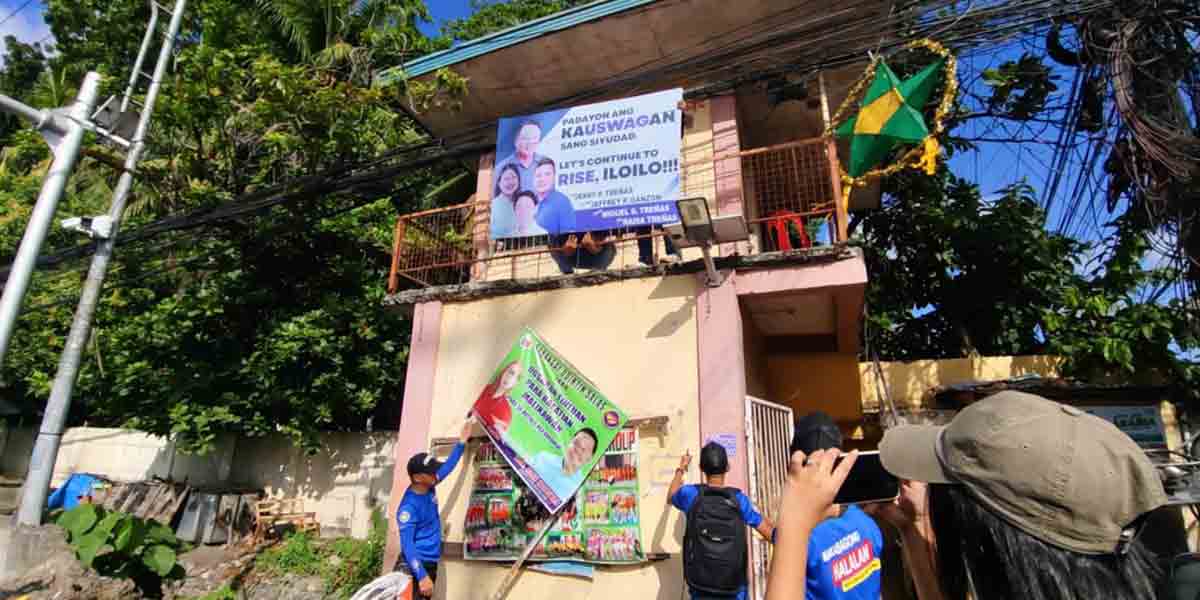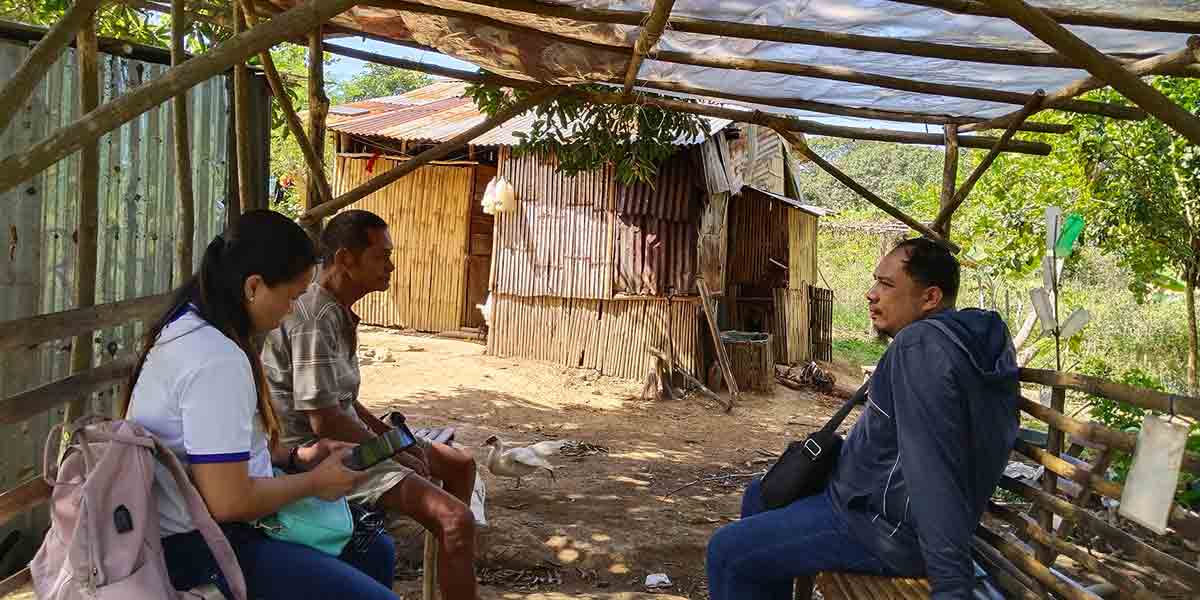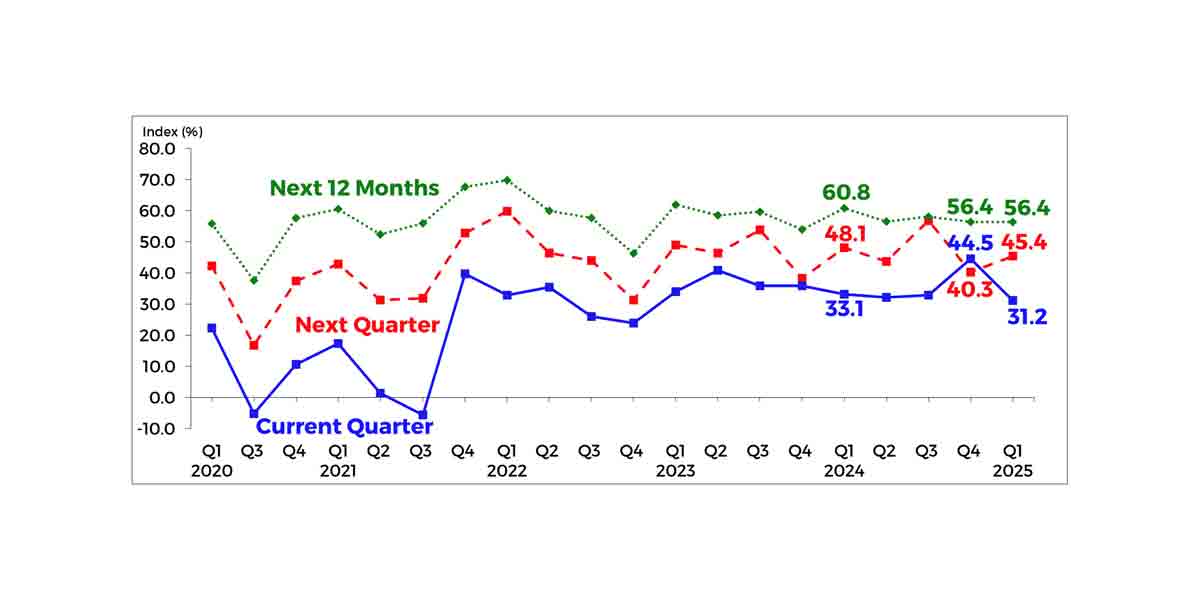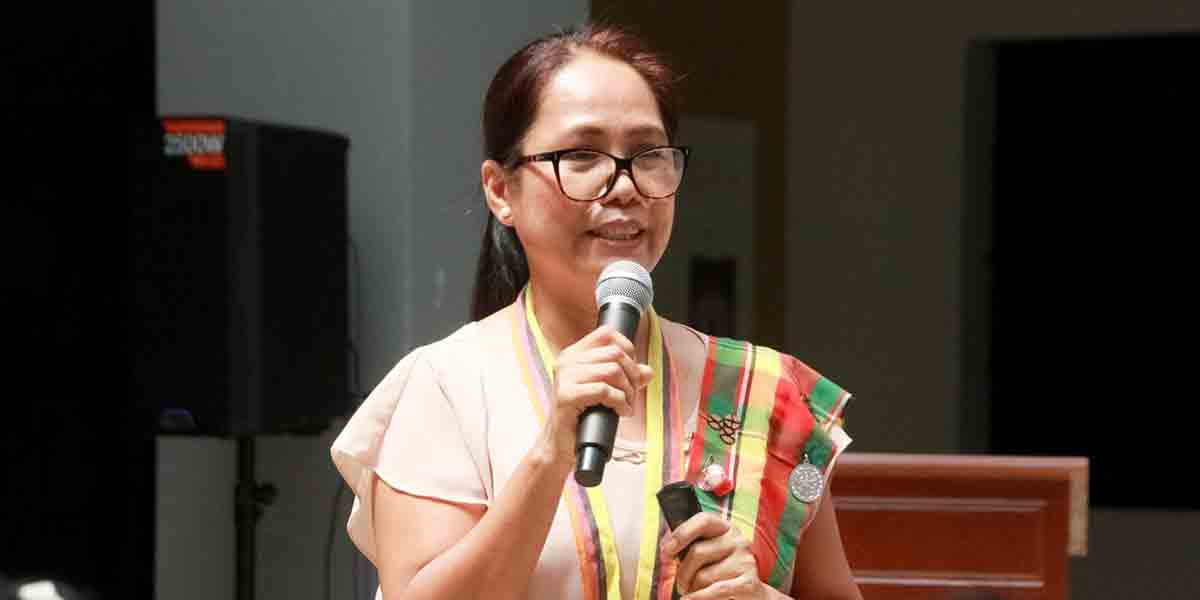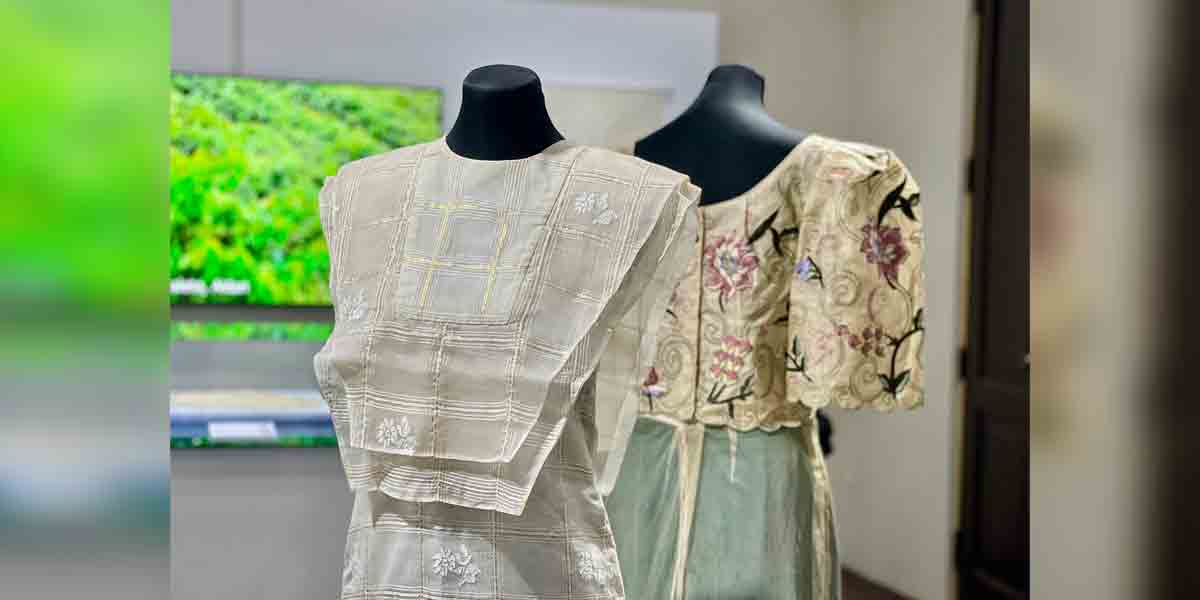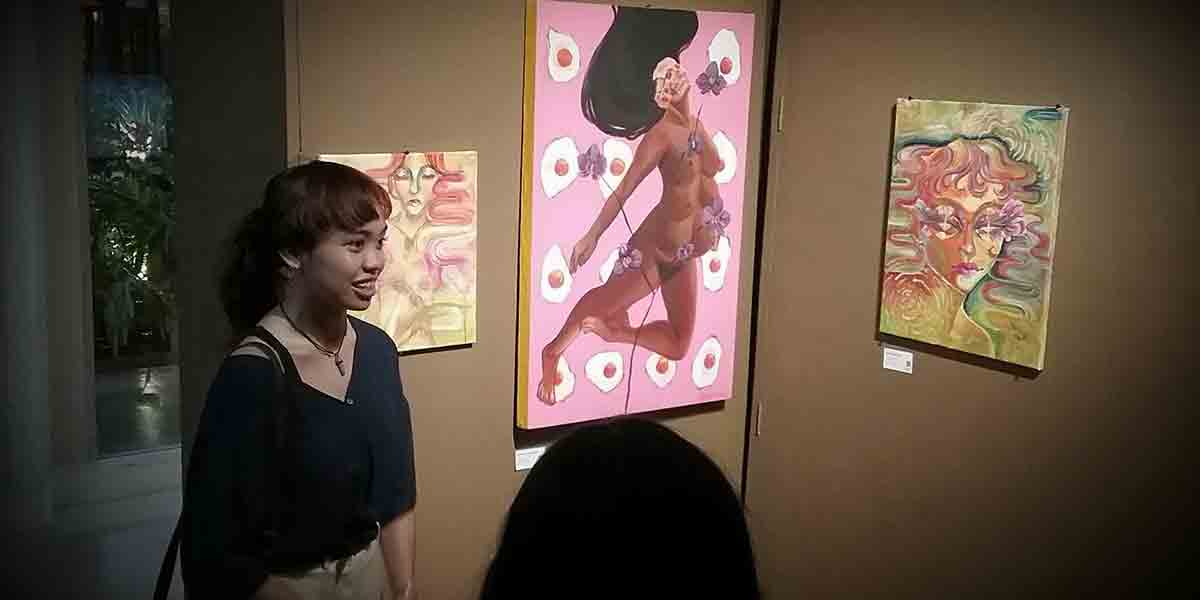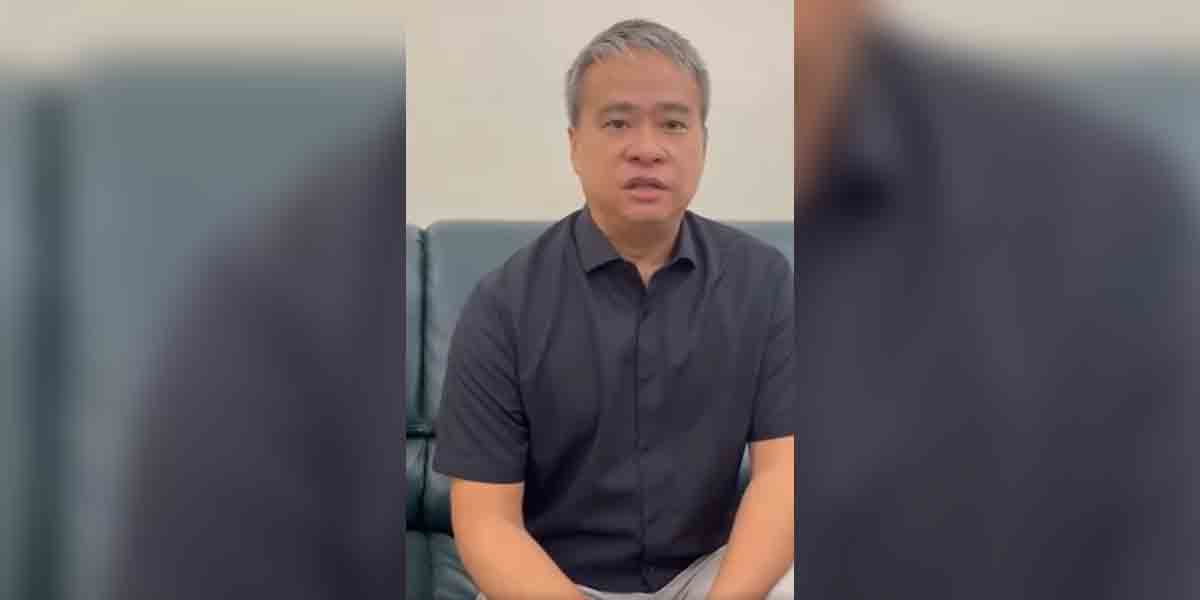By Herman M. Lagon
JOSE Rizal is a testament to a multifaceted genius’s power in shaping a nation’s consciousness. Every December 30, we commemorate Rizal’s execution, a pivotal moment in 1896 that ignited the flames of revolution. But beyond his martyrdom, Rizal’s life narrative is a study of Renaissance-like brilliance, a story of a man whose talents and insights traversed disciplines and societal norms.
Rizal’s polymathic nature is evident in his varied pursuits. An ophthalmologist by training, his medical expertise was complemented by his proficiency as a novelist, sculptor, painter, and educator. His intellectual prowess extended to architecture, economics, ethnology, and anthropology, making him a rare breed of scholar whose curiosity knew no bounds. His exceptional linguistic abilities, with fluency in 22 languages, underscored a mind deeply engaged with the world.
This versatility was on full display during my recent visit to the National Museum of my daughter Psyche. There, amidst Rizal’s vast array of artworks, sculptures, writings, creations, and inventions, we cannot help but marvel at his extraordinary range of expertise. These tangible relics of his genius offer a glimpse into a ceaselessly inventive and relentlessly curious mind.
However, Rizal’s story is not without its controversies and complexities. His role as a Mason and his critiques of the Church are particularly noteworthy. Rizal was part of a progressive movement that challenged the status quo, advocating for rational thought and civil liberties. His critical stance towards the Church, particularly its role in Philippine society, was both bold and provocative, reflecting a mind unafraid to question authority. His romantic entanglements were just as colorful, painting a portrait of a man whose charm and intellect were as influential in his liaisons as in his nationalistic endeavors.
Rizal’s insights remain remarkably relevant today. As noted historian Ambeth Ocampo suggests, Rizal was not a prophet; rather, his enduring relevance stems from our society’s failure to heed his calls for reform. Rizal’s writings, from “Noli Me Tangere (Touch Me Not)” and “El Filibusterismo (The Reign of Greed)” to his controversial last poem “Mi Ultimo Adios (My Last Farewell)” and unfinished novel “Makamisa (After Mass),” reveal a thinker deeply concerned with the social and moral fabric of his country. He envisioned the Philippines enlightened by education and guided by a moral compass grounded in justice and empathy.
Ocampo’s exploration of Rizal’s life also uncovers intriguing facets like Rizal’s contribution to Philippine archaeology and the suggestion of clairvoyant abilities within his family. These elements add a mystique to Rizal’s persona, but they should not overshadow his concrete, intellectual contributions to various fields.
At the heart of Rizal’s philosophy was the belief in education as a transformative force. He famously posited that societal change would be superficial without proper education. This emphasis on intellectual and moral education is a clarion call that resonates even in contemporary times.
Moreover, Rizal’s life in Dapitan is a masterclass in crisis management, civil engineering, and community building. Exiled and isolated, he transformed his circumstances into opportunities for social and scientific advancements, epitomizing the ideal of service and leadership in times of adversity.
As we reflect on Rizal’s life, it is essential to see him not as an unreachable paragon but as an embodiment of human potential. His life challenges us to recognize our capacity for greatness and to strive for excellence in our endeavors. His story is a reminder that the pursuit of knowledge, coupled with a commitment to societal well-being, can lead to profound and lasting impacts.
Rizal, the country’s Renaissance man, continues to inspire not just because of what he achieved but because of what he represents: the limitless potential of the human spirit to effect change through a combination of intellect, compassion, and courage. His life is a beacon, guiding us toward a future where enlightenment and empathy reign supreme.
***
Trivia: Rizal’s brief sojourn in Iloilo on August 4, 1896, while traveling from Dapitan to Manila, as chronicled in the article, “Rizal’s visit to Iloilo: Separating fact from fiction,” paints a vivid portrait of a man deeply engaged with the cultural and architectural beauty of the locales he visited, exemplified by his admiration for the Molo Church and the bustling activity along Calle Real. This fleeting visit highlights Rizal’s ceaseless curiosity and ability to find inspiration in the briefest encounters.
***
Doc H fondly describes himself as a ‘student of and for life’ who, like many others, aspires to a life-giving and why-driven world that is grounded in social justice and the pursuit of happiness. His views herewith do not necessarily reflect those of the institutions he is employed or connected with.


